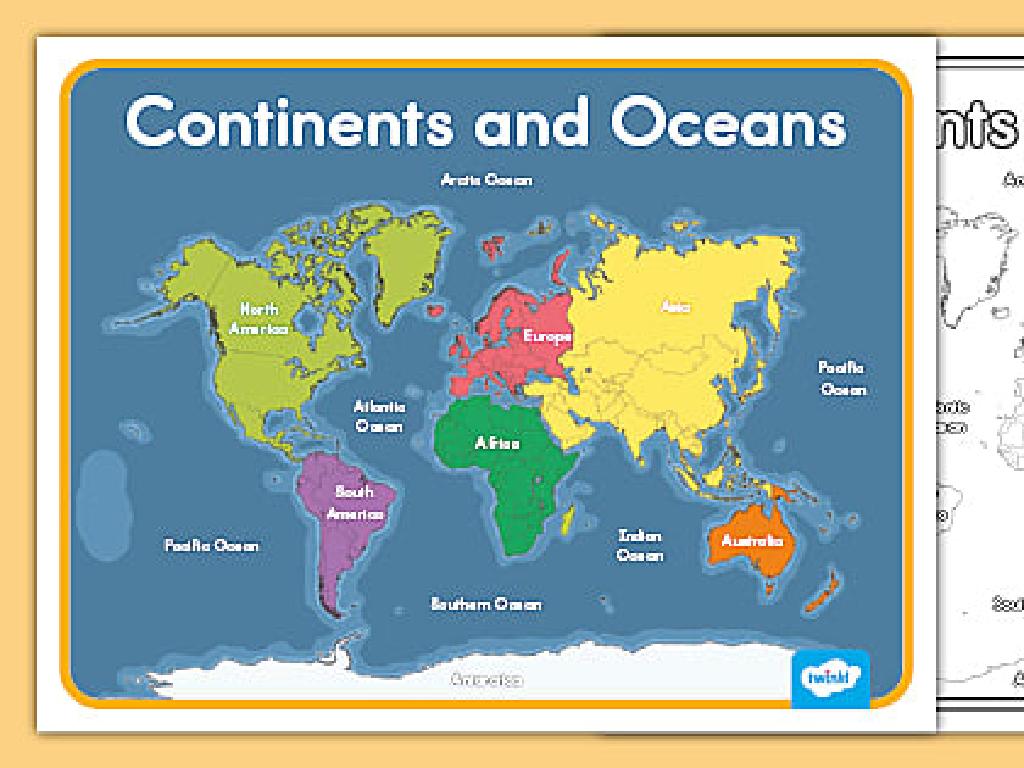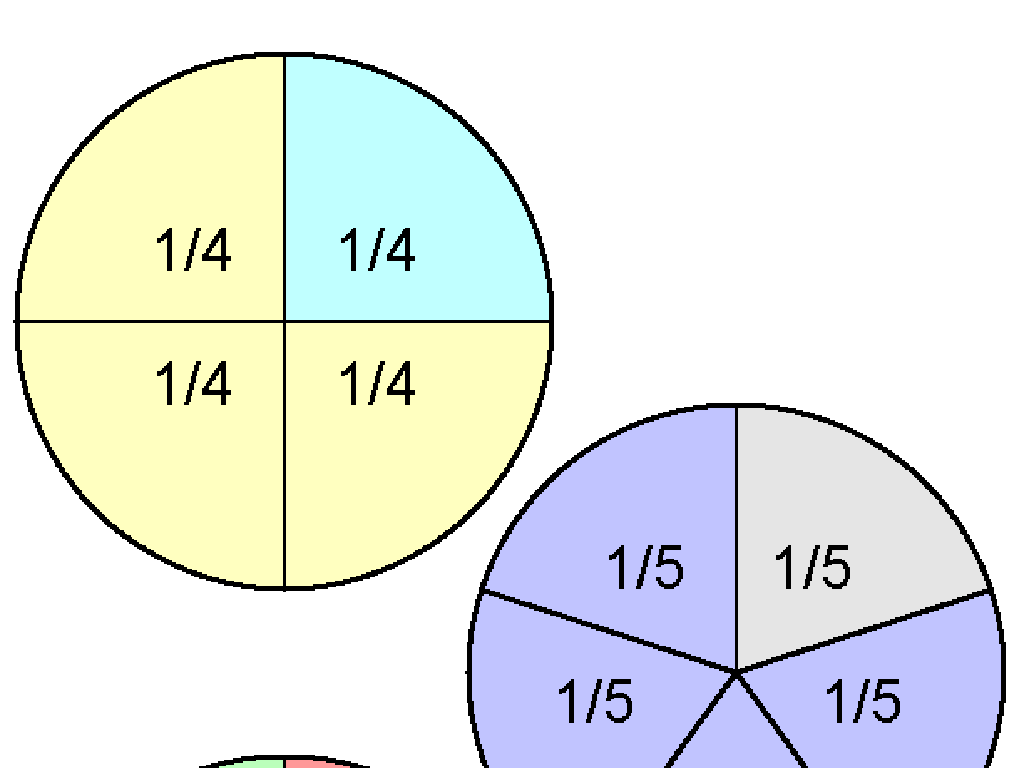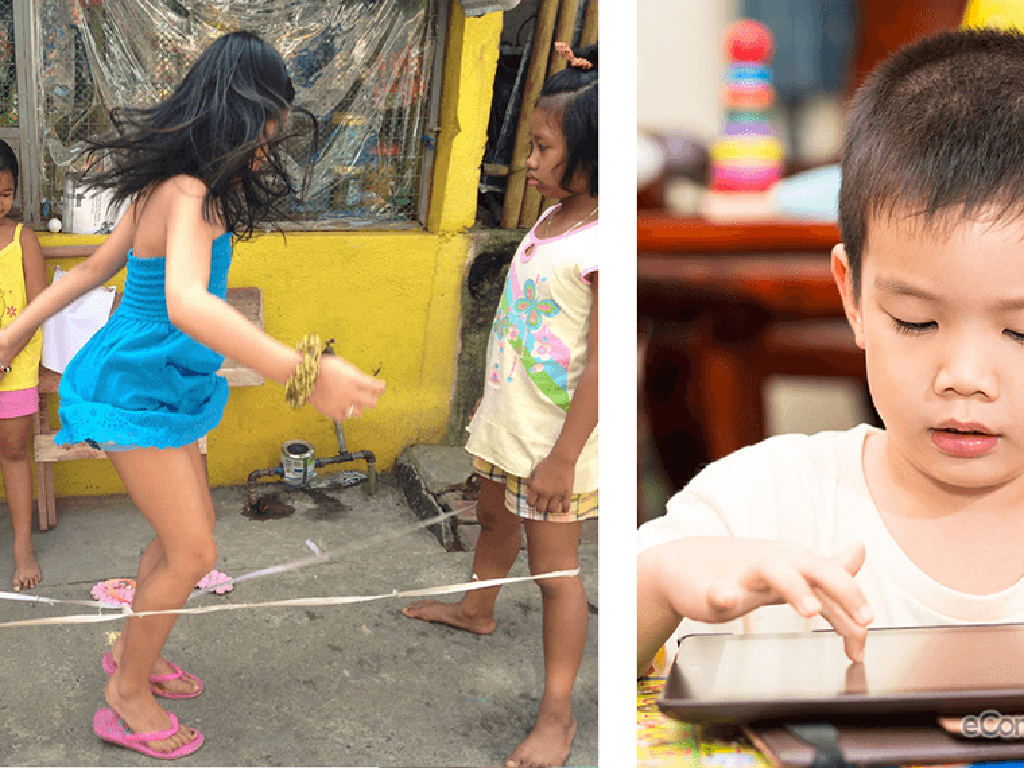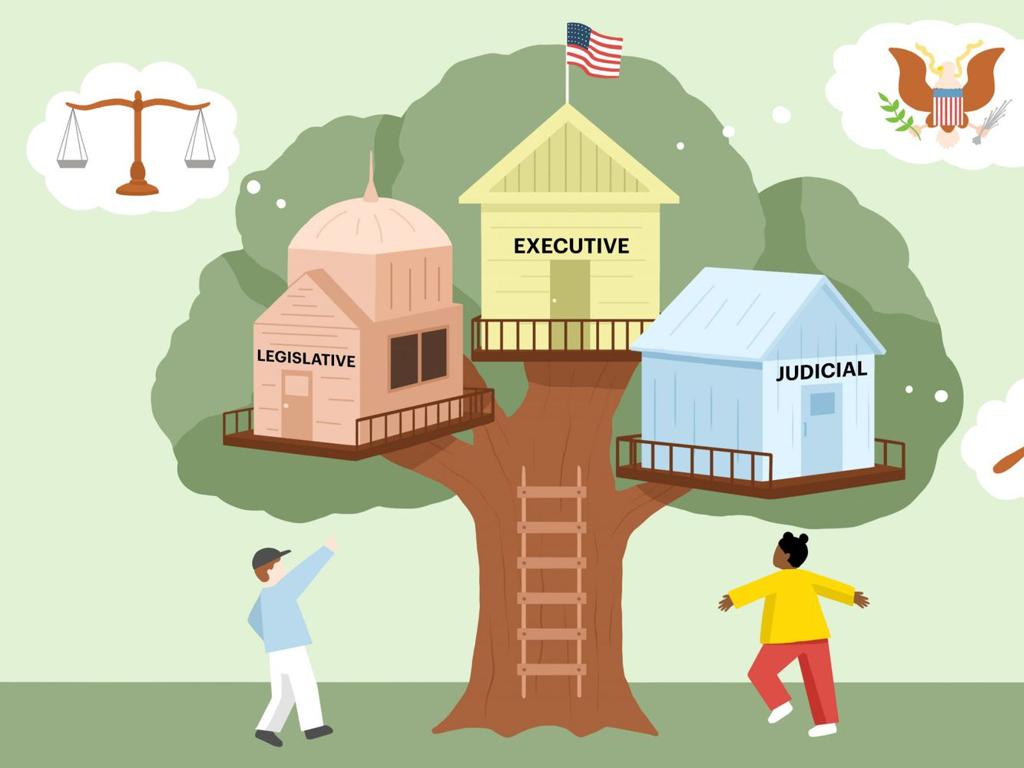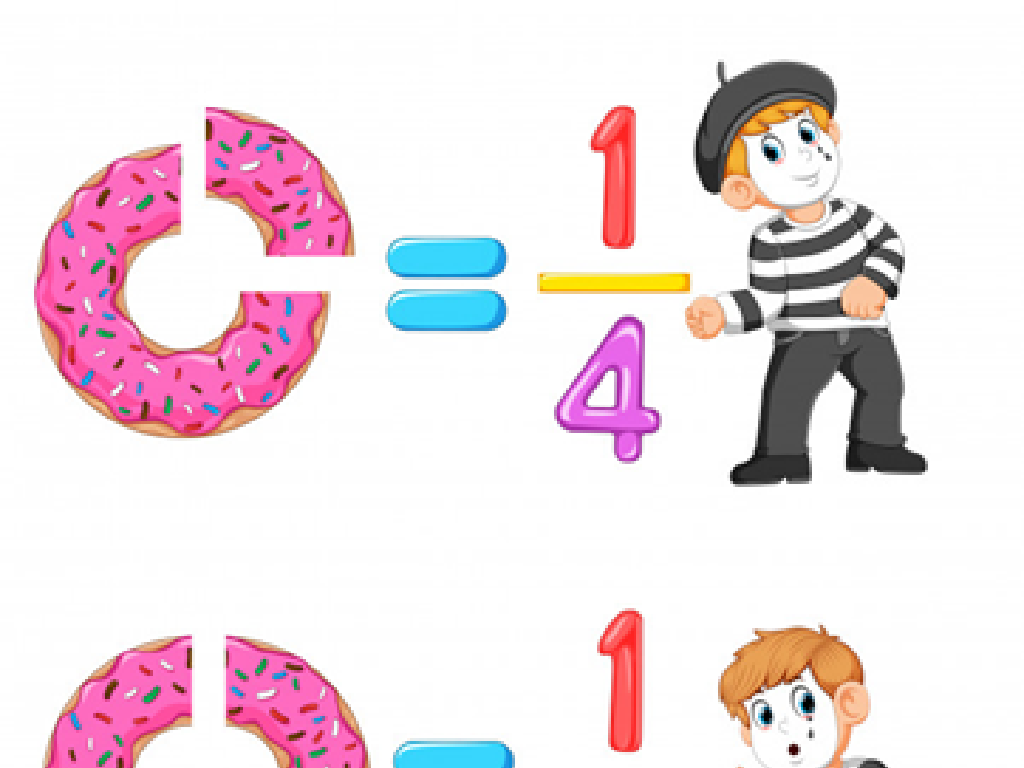Order Images In A Story
Subject: Language arts
Grade: First grade
Topic: Sequence
Please LOG IN to download the presentation. Access is available to registered users only.
View More Content
Welcome to Story Sequencing!
– Learn story event order
– Beginning, middle, and end
– First part introduces characters and setting
– Why sequence matters
– Helps us understand how a story unfolds
– Class activity planned
– We’ll order pictures from a story together
|
This slide introduces first graders to the concept of sequencing in stories. Emphasize the importance of understanding the order of events, which helps with comprehension and the ability to retell the story accurately. Explain that every story has a beginning, where we meet the characters and discover the setting; a middle, where the main events happen; and an end, where the story concludes. Discuss why knowing the sequence is crucial it helps us follow the plot and predict what might happen next. Conclude with an engaging class activity where students will practice sequencing by arranging images from a familiar story in the correct order. This hands-on activity will reinforce the day’s lesson and provide a fun, interactive learning experience.
Understanding Sequence in Stories
– What is sequence?
– Sequence is the order of events
– Daily routines show sequence
– First we brush teeth, then get dressed, and eat breakfast
– Stories have a beginning and end
– A story starts, events happen, and it ends
– Why sequence matters
– It helps us understand the story better
|
This slide introduces the concept of sequence to first graders by relating it to their everyday routine and then connecting it to the structure of a story. Start by explaining that sequence means the order in which things happen, which is a concept they already follow every day without even thinking about it. Use the example of getting ready for school to illustrate a sequence they are familiar with. Then, explain that stories are like their morning routine; they have a specific order from start to finish. Emphasize the importance of sequence in understanding the events in a story and how it helps us to follow along and predict what might happen next.
Story Sequencing: The Beginning
– Meet the story’s characters
– Discover where the story happens
– Beginning is a story’s ‘hello’
Just like greeting someone new, a story’s start is an introduction.
– Example: Starting a story
We’ll read the first part of a tale together.
|
This slide introduces the concept of the beginning of a story to first graders. Emphasize that the start of a story is where we get to know who is in the story (the characters) and where it takes place (the setting). Compare it to making a new friend to make it relatable. Use a familiar story as an example to illustrate the beginning of a story. Read the first few lines together and ask the students what they learned about the characters and setting. This will help them understand how to identify the beginning of a story and set the stage for learning about story sequence.
The Middle of a Story: Action & Adventure
– Discover the story’s action
– Characters face challenges
– Characters might get lost or find something unexpected
– Adventures unfold in the middle
– Think of a journey with exciting events
– Example: A lost treasure hunt
– Like characters searching for a hidden treasure
|
In this slide, we focus on the middle part of a story, which is crucial as it’s where the main events take place. It’s important to explain to first graders that the middle of a story is where characters often face their biggest problems or go on exciting adventures. Use an example they can relate to, such as a treasure hunt, where characters might overcome obstacles or follow a map to find treasure. This helps students understand the concept of sequencing and the importance of the middle of a story. Encourage them to think of their favorite stories and what happens in the middle. For an activity, students can draw a sequence of pictures showing what might happen in the middle of a story they create.
Understanding the Story’s End
– The story’s end resolves problems
– All the story’s questions are answered
– It’s time to say ‘goodbye’ to characters
– Think of it like the end of a playdate
– Example: How a story concludes
– We’ll read the last part of a favorite story together
|
The final slide should focus on the concept of the story’s ending, which is where all the events and conflicts introduced in the story are resolved. It’s a way to help students understand closure and the satisfaction of a concluded narrative. Use familiar stories that the students have read in class to illustrate how the ending brings a sense of completion. Encourage the students to think about how they feel when they have to say ‘goodbye’ to someone they enjoy spending time with, as this is similar to finishing a good story. During the next class, plan an activity where students can choose a book and discuss its ending, or perhaps even create their own endings to stories they know.
Let’s Practice Sequencing!
– Observe story pictures together
– Discuss the sequence of events
– What event looks like it happened first?
– Arrange pictures: first, next, last
– Does the story make sense with our arrangement?
– Group activity to order images
|
This slide is designed for a group activity to help first graders understand the concept of sequencing in a story. Begin by showing a series of pictures from a story. Engage the students by asking them to describe what they see and think about the order of events. Discuss as a class what happens first, next, and last. Then, as a group activity, have the students work together to arrange the pictures in the correct sequence. This will help them visually understand the flow of a narrative. For the activity, consider having different sets of story images for groups to work with, ensuring each child gets a chance to participate. Encourage them to explain their reasoning for the order they choose, fostering communication and critical thinking skills.
Class Activity: Create Our Story!
– It’s your turn to be a storyteller
– Arrange pictures to make a story
– Think about what happens first, next, and last
– Explain your story’s sequence
– Why did you put the pictures in that order?
– Share with the class
|
This activity is designed to help students understand the concept of sequencing in storytelling. Provide a set of images that can be arranged in a logical order to form a simple story. Encourage students to think about the beginning, middle, and end of their story. Once they have arranged the images, ask them to explain their thought process to the class, which will help reinforce their understanding of sequence. Possible variations of the activity could include using different sets of images for each student, having students work in pairs, or allowing them to draw their own pictures to add to the story. The goal is to make them comfortable with the idea of sequence and to understand how it affects the flow of a story.
Sequencing Review: Beginning, Middle, and End
– Recap on sequencing stories
– Importance of story order
– Knowing order helps us understand the story better.
– Understanding story parts
– Beginning sets the scene, middle shows the action, end gives the conclusion.
– Open floor for questions
|
This slide aims to review what the students have learned about sequencing in stories. Start by asking the class what they remember about the order of events in a story. Discuss why it’s important to identify the beginning, middle, and end of a story, emphasizing how it helps us comprehend and retell the story accurately. Explain that the beginning introduces characters and setting, the middle presents the main events or problem, and the end resolves the story. Encourage students to ask questions if they’re unsure about how to sequence images or parts of a story. This is a chance to assess understanding and clarify any confusion. Prepare to give examples or have a few images ready to help explain sequencing further if needed.
Wrapping Up: Story Sequencing
– Excellent work on sequencing!
– Sequence helps understand stories
– Like how a puzzle fits together to show a full picture.
– Practice makes perfect
– Try ordering events in stories you read at home!
– Excited for our next adventure!
|
Today’s lesson on story sequencing was a success, and the students learned the importance of understanding the order of events in a story. Reinforce the concept that knowing the sequence of events is like putting together a puzzle – it helps us see the complete picture of the story. Encourage them to keep practicing with any story they read or hear. End the class on a high note, expressing excitement for the next topic they will explore together. This positive reinforcement will help instill a love for reading and comprehension in the students.

